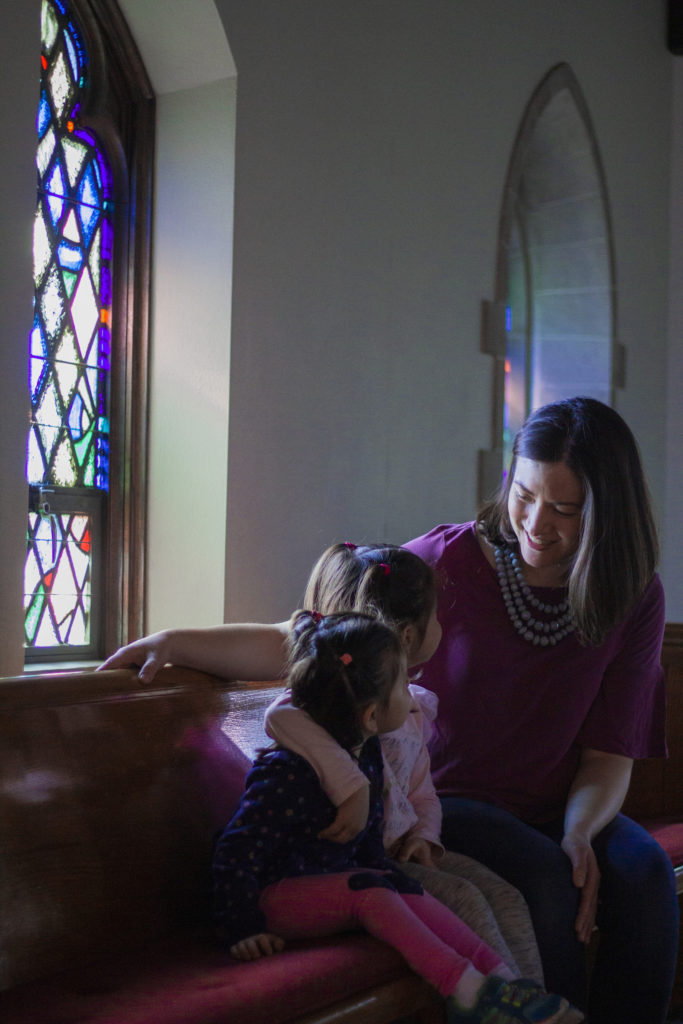
“Making Lefse, the Korean Way”
Stephanie Zawistowski
Minneapolis, Minnesota | Korean/Mixed Race | She/Her/Hers
I grew up in northwestern Minnesota outside of a very small town of about 300 people named Hendrum. Growing up as a biracial child; a Korean immigrant mother and a White dad made for an interesting mix of cultures and experiences – particularly during the 80s and 90s in rural Minnesota.
To be blunt, there were not a lot of people who looked like our family. My mom took pride in our Korean heritage and instilled a lot of those values in my sister and me growing up. At the same time, my family also embraced a lot of the unique northwestern Minnesota cultures, inherited from folks who have lived there for generations. In this part of Minnesota, families primarily came from Scandinavian ancestors. We learned how to count to ten in Norwegian and celebrated Norwegian Independence Day, Syttende Mai. Overall, during my childhood I felt like I straddled two different cultures – Asian and Scandinavian – including making and appreciating their respective traditional foods.
A lot of traditional Scandinavian food has become synonymous with what many would identify as holiday foods and Minnesota traditions. I grew up in a family that made an intentional choice to keep up our Korean culture but also to explore the community we were a part of. That’s how my mom learned to become an amazing lefse maker. Lefse is a traditional Swedish and Norwegian flatbread. In Hendrum, you could buy them in the grocery store, but many people still make it from scratch.
Food and the process of making food is where I see my two cultures coming together – the care that you put into the food is universal. It’s how most kids grew up; you just watch, learn, and experience. Over the years mom made friends who came from Norwegian heritage. She watched them make lefse and eventually said, “Hey! I can do this, and I think I can do it well.”
Last year at Thanksgiving we were visiting my parents for the holiday, and my mom got out the lefse griddle and taught my daughters, who are three and five, how to make lefse. It struck me as I watched my mom pass on her experience to my daughters that food and the process of making food is where two cultures can come together — the care that you put into the food is universal.
When we visit my parents during the holidays, it’s common that we’ll have lefse, krumkake, rosettes, other Scandinavian holiday treats served alongside bulgogi, kimchi, and bibimbap, as well as the traditional holiday fixings of turkey, mashed potatoes, and green bean casserole. That’s what our holiday table looks like. This table is a great example of my life in Minnesota; growing up in a rural part of the state and being a biracial family. You just take it all in, and it becomes a part of you.
#MinneAsianStories Series
Read all four series of stories below.
Beyond the Myths & Monolith
2021
Power of Me
2020
This is Home
2019
Hello Neighbor
2018